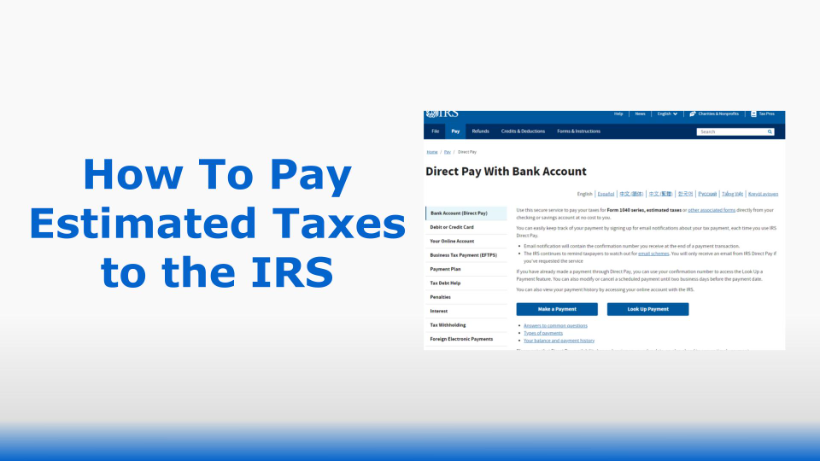Income Tax Extensions Explained
Published:Nearly everyone knows that April 15 is the deadline for submitting tax returns in the United States. Although some entities may need to file before that date – including businesses, which must generally file by March 15 – most individuals need to be concerned with the April deadline.
Tax returns and payments submitted after the due date will be subject to both penalties and interest on the amount owed. However, if you file for a tax extension, you will be given a longer period of time to file your tax return.
What Is a Tax Extension?
The IRS allows taxpayers to request a tax extension if they are unable to complete their tax return by the proper deadline. Federal tax extensions are automatic, so you aren’t required to sign the form or provide a reason for your request. An extension gives you 6 more months to file your return (or 5 more months for certain businesses).
One of the most important things to understand about a tax extension is that it does not give you extra time to pay taxes. A tax extension only gives you more time to file your income tax return. You are still expected to pay your taxes due by the original deadline or you will face penalties. If you pay at least 90% of your actual tax liability on time, you can avoid the late payment penalty.
How Do You File for a Tax Extension?
All taxpayers have the option to file a tax extension – whether they are individuals or businesses. To get a tax extension for your personal tax return, you must file IRS Form 4868 (Application for Automatic Extension of Time to File U.S. Individual Income Tax Return). To get a tax extension for your business tax return, you must file IRS Form 7004 (Application for Automatic Extension of Time to File Certain Business Income Tax, Information, and Other Returns).
The IRS allows you to request a tax extension either electronically or through the mail. Just like a tax return, a tax extension form must be postmarked on or before the April 15 deadline in order to be considered “on time.” If you e-file a tax extension, it must be submitted by midnight in your local time zone.
TIP: If you e-file a tax extension with an Authorized IRS e-file Provider, like TaxExtension.com or FileLater.com, you will receive a confirmation email as soon as the IRS approves your request. But if you file by paper mail, you will only be notified if your tax extension is denied.
If you are an individual taxpayer, there are 3 main rules that you must follow to get a tax extension with Form 4868:
• Properly estimate your tax liability using the information available to you
• Provide your total tax liability on Form 4868 (Line 4)
• File Form 4868 by the regular due date of your return (April 15 for most people)
Note that there are some exceptions for certain taxpayers who are out of the country and those serving overseas in the U.S. military, as well as persons affected by natural disasters.
Once you get a tax extension, you have until the extended deadline to file your tax return. For most individuals, the extended deadline is October 15 (of that same year). The IRS rarely grants extensions beyond 6 months, so make sure you can file by mid-October.



